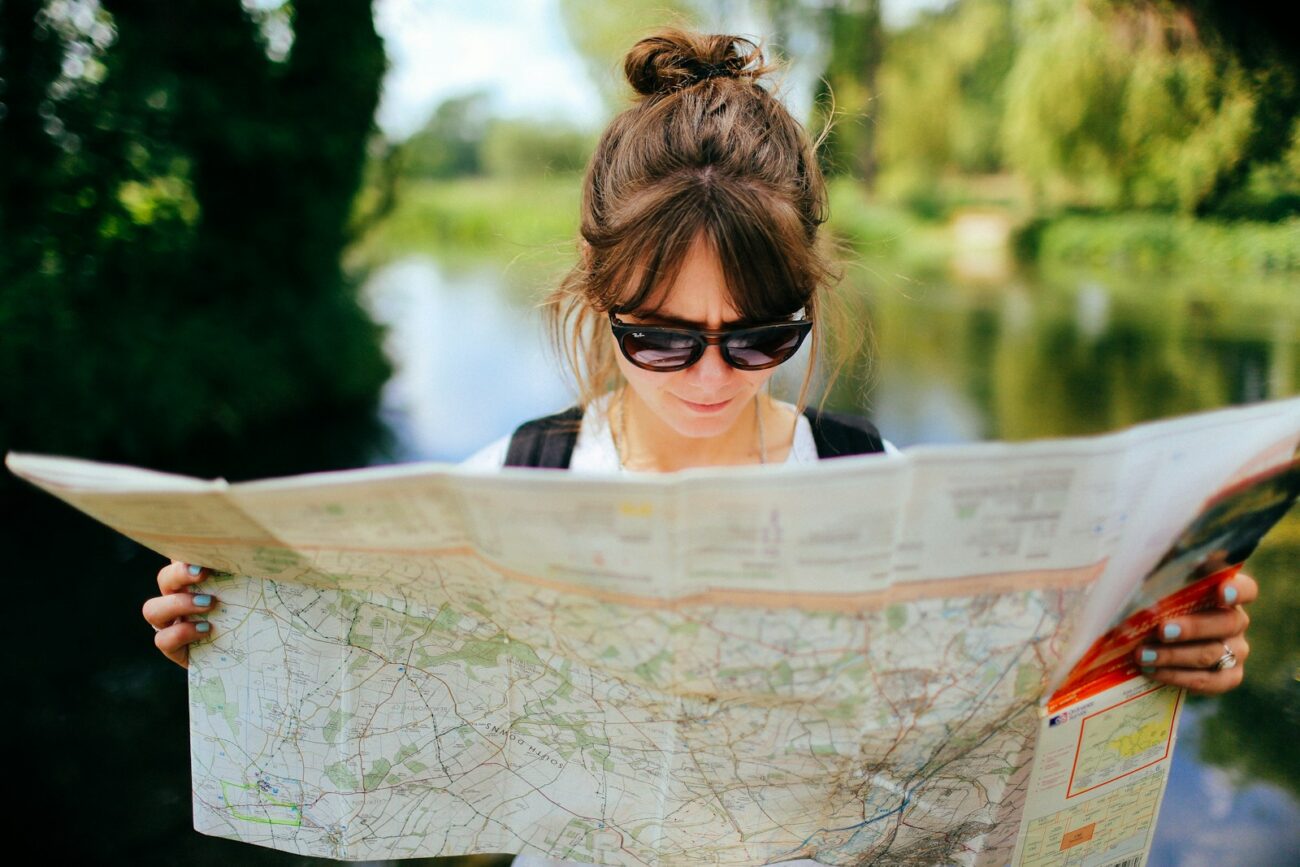The great outdoors beckons with promises of adventure, serenity, and connection with nature. However, for those new to outdoor activities like hiking, camping, or backpacking, the excitement of planning that first trip can quickly lead to overlooked details and potentially dangerous situations. Even the most enthusiastic beginners can fall prey to common planning pitfalls that experienced outdoor enthusiasts learned to avoid—often through their own hard lessons. Whether you’re preparing for your first overnight camping trip or a day hike on a scenic trail, understanding these common mistakes can help ensure your outdoor experience is memorable for all the right reasons. Let’s explore thirteen planning mistakes that outdoor newcomers frequently make and provide practical solutions to help you avoid them on your journey into the wild.
1. Underestimating Weather Conditions

Many outdoor novices check the weather forecast only casually before heading out, often focusing solely on temperature and precipitation without considering other crucial factors. Wind speeds, temperature fluctuations between day and night, humidity levels, and seasonal weather patterns all significantly impact your outdoor experience and safety requirements. Mountain environments are particularly notorious for rapidly changing conditions, where a pleasant morning can transform into a dangerous thunderstorm by afternoon with little warning. To avoid this mistake, research detailed weather patterns for your specific location, consult multiple forecasting sources, and always prepare for conditions at least 10-15 degrees colder and wetter than predicted. Remember that weather-related emergencies account for a significant percentage of wilderness rescues, making proper weather preparation not just about comfort, but potentially about survival.
2. Overpacking Unnecessary Items
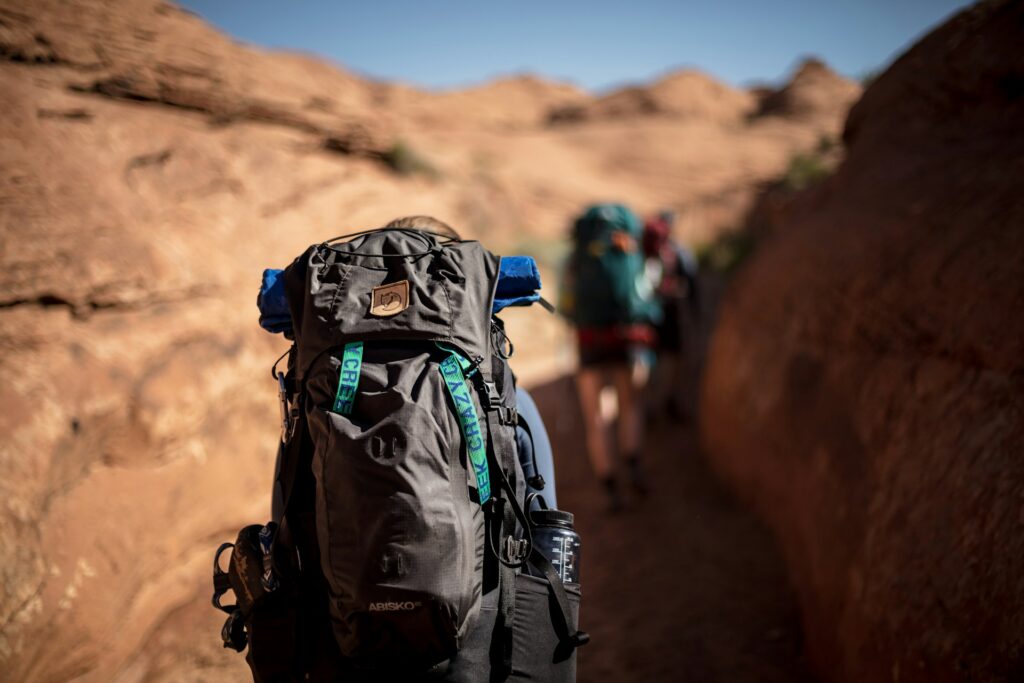
The fear of being unprepared often leads beginners to overpack, resulting in unnecessarily heavy backpacks that can cause fatigue, injury, and diminished enjoyment of the experience. Many novices bring multiple outfits, excessive food options, or bulky comfort items that experienced outdoor enthusiasts have learned to leave behind. This weight burden becomes increasingly problematic as the trip progresses, turning what should be an enjoyable hike into an exhausting ordeal. To avoid overpacking, create a detailed packing list focused on multipurpose items and essentials rather than “just in case” extras. Consider the weight-to-utility ratio of each item, prioritizing lightweight alternatives when possible. Before finalizing your pack, remove at least three non-essential items as a self-check against the natural tendency to bring too much.
3. Neglecting to Test Gear Before the Trip
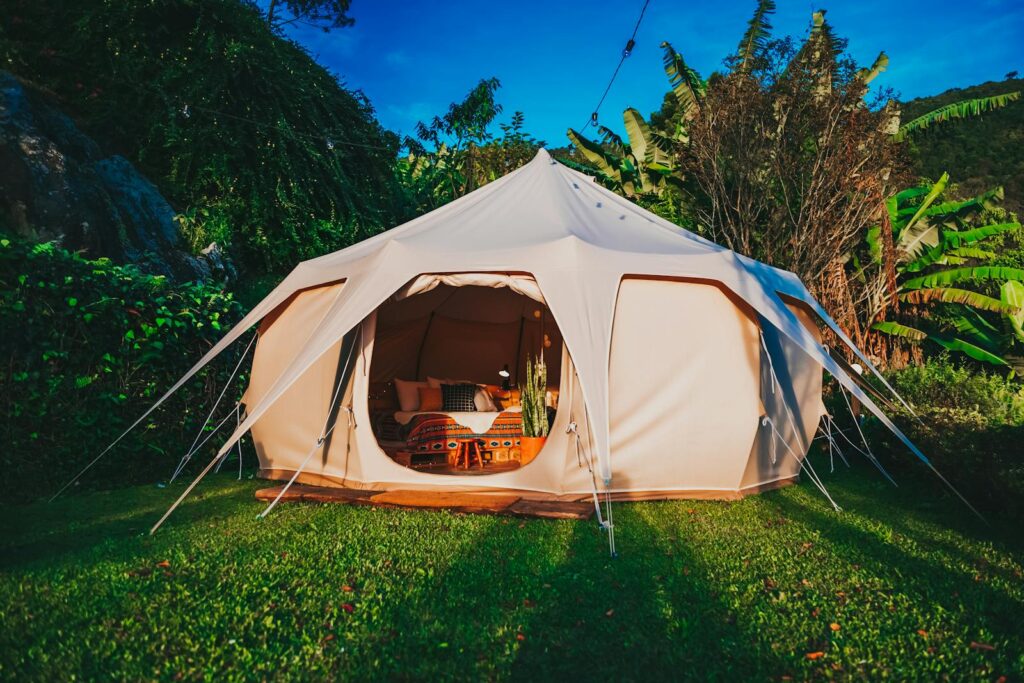
One of the most common and potentially disastrous mistakes is assuming new equipment will work flawlessly without prior testing. Many beginners purchase tents, stoves, water filters, or other critical gear and use them for the first time in the wilderness, only to discover missing parts, design flaws, or a lack of understanding about proper operation. This oversight can lead to inadequate shelter, inability to purify water, or other serious complications in remote locations. Always conduct a complete “backyard test” of all equipment before your trip, setting up tents, operating stoves, and testing water filtration systems to ensure everything functions properly and that you’re comfortable using each item. This practice run also provides an opportunity to identify any missing components or additional items you might need. Remember that manufacturers occasionally ship products with defects or missing pieces, and discovering these issues at home rather than at your campsite can be the difference between a minor inconvenience and a major problem.
4. Ignoring Physical Conditioning Requirements
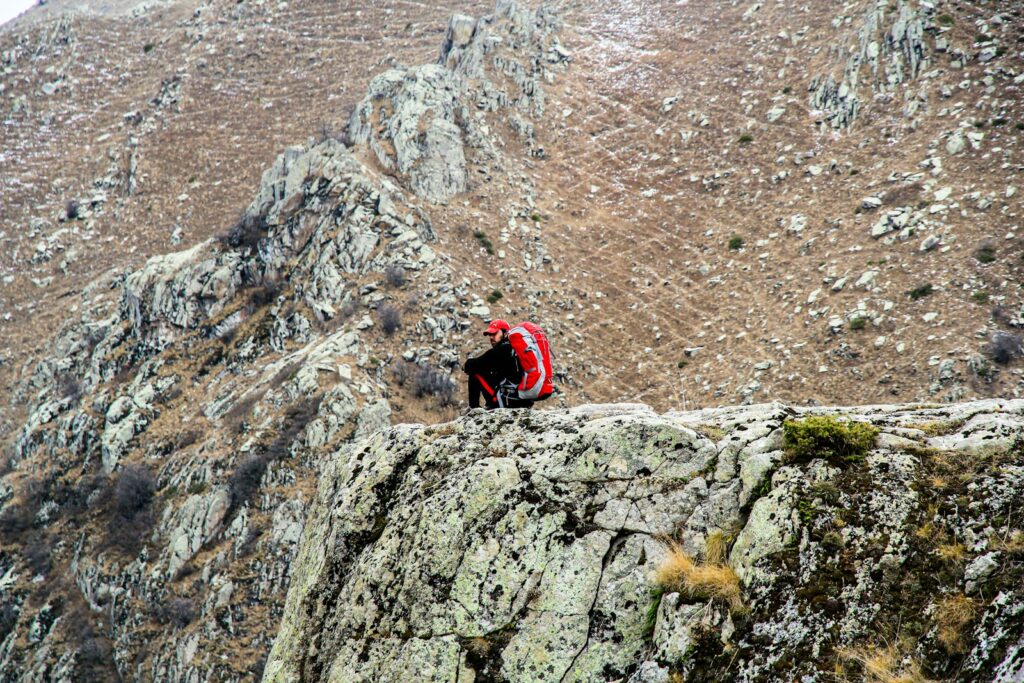
Many outdoor newcomers significantly underestimate the physical demands of their planned activities, selecting trails or expeditions beyond their current fitness level. This mismatch between ability and challenge can lead to exhaustion, increased risk of injury, and in severe cases, dangerous situations requiring emergency assistance. Even relatively short hikes can become extremely difficult when factoring in elevation gain, terrain challenges, and the weight of a packed backpack. To avoid this mistake, honestly assess your current fitness level and choose activities that align with your capabilities while providing an appropriate challenge. Begin a conditioning program several weeks before your trip, focusing on the specific muscle groups and endurance requirements of your planned activity. Start with shorter, less demanding outings to build experience and confidence before tackling more ambitious adventures. Remember that enjoying the outdoors should be challenging but not overwhelming, and there’s no shame in selecting beginner-friendly options as you build your outdoor skills and stamina.
5. Failing to Research Trail and Terrain Conditions
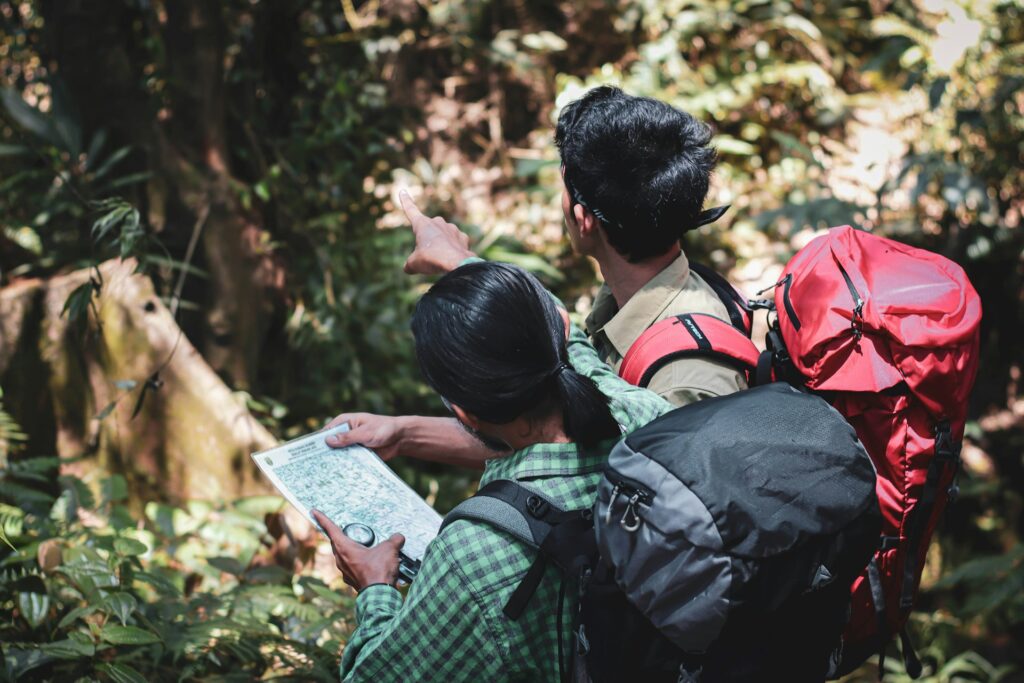
A surprising number of beginners select trails or camping destinations based solely on photographs or general descriptions without investigating current conditions, technical difficulty, or specific challenges. This oversight can lead to encountering unexpected water crossings, impassable sections due to fallen trees or washouts, seasonal closures, or technical terrain requiring specialized skills or equipment. Recent weather events can dramatically alter trail conditions, turning what was once an easy path into a challenging route. To avoid this planning mistake, consult multiple sources including recent trail reports, ranger station updates, and online forums where other hikers share current conditions. Contact local outdoor shops or visitor centers near your destination as they often have the most up-to-date information about trail status and conditions. Study topographical maps to understand elevation changes and potential challenging sections, and always have alternative routes or destinations planned in case your original choice proves unsuitable upon arrival.
6. Inadequate Food and Water Planning

Proper nutrition and hydration are fundamental to outdoor safety and enjoyment, yet many beginners misjudge their needs in these critical areas. Some underestimate their caloric requirements during physically demanding activities, packing insufficient food or options that don’t provide sustained energy. Others fail to research water availability along their route or bring adequate water treatment methods, potentially leading to dehydration or waterborne illness. Active outdoor pursuits can increase caloric needs by 1,000-2,000 calories per day above normal requirements, and dehydration can occur rapidly, especially at higher elevations or in dry climates. To avoid these mistakes, plan meals that provide dense nutrition and sustained energy rather than quick sugar spikes, and always pack an extra day’s worth of food for emergencies. Research water sources thoroughly before your trip, carry appropriate water purification methods, and understand that clear water isn’t necessarily safe water. In arid environments or locations with uncertain water availability, err on the side of caution by carrying more water than you think necessary—experienced hikers often say they’ve never regretted bringing extra water.
7. Disregarding Wildlife Precautions
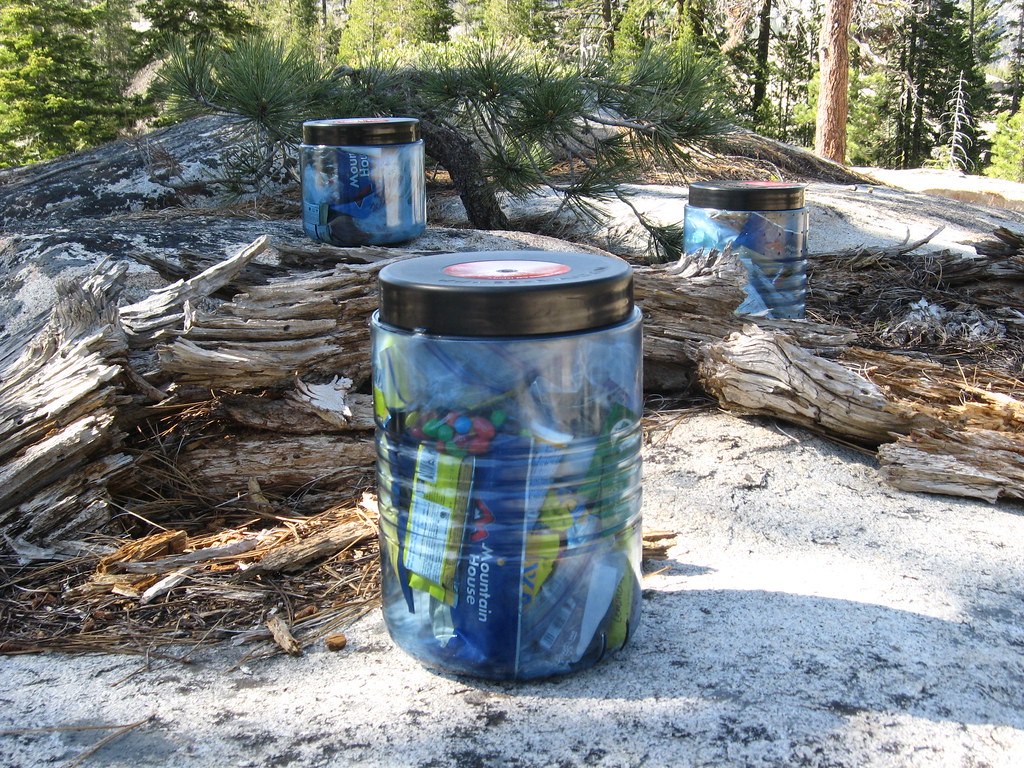
Many outdoor beginners are inadequately prepared for wildlife encounters, either overestimating dangers in ways that diminish their experience or, more commonly, underestimating proper precautions needed to safely coexist with local fauna. Food storage is perhaps the most frequently overlooked aspect of wildlife safety, with newcomers often keeping food in their tents or improperly storing scented items, potentially attracting bears, raccoons, or other animals to their campsite. Even in areas without large predators, smaller animals can damage gear, contaminate food supplies, or create nuisance situations. To avoid wildlife-related problems, research the specific wildlife concerns for your destination and follow established protocols for food storage, which might include using bear canisters, bear bags, or designated food storage facilities. Maintain appropriate distances from all wildlife for both your safety and theirs, remembering that feeding wild animals is harmful to their long-term survival and often illegal. Learn proper techniques for unexpected encounters with predators specific to your region, as response strategies differ significantly between bear species, mountain lions, and other potentially dangerous animals.
8. Overlooking Navigation Skills and Tools
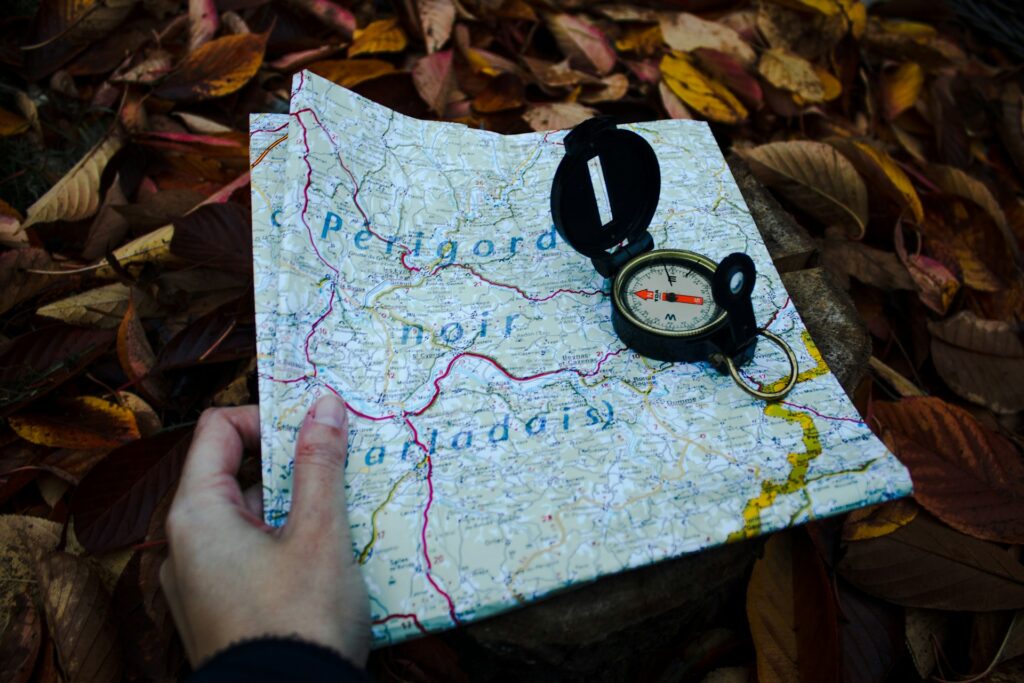
In an age of smartphones and GPS technology, many outdoor novices neglect to develop basic navigation skills or bring appropriate backup systems, creating vulnerability should electronic devices fail. Battery depletion, water damage, lack of signal, or simple user error can render digital navigation tools useless, potentially leading to disorientation in wilderness settings. Even well-marked trails can become confusing at intersections or in adverse weather conditions when visibility is reduced. To avoid navigation emergencies, always carry physical maps of your specific area and a compass, and more importantly, know how to use them effectively before your trip. Consider taking a basic navigation course or practicing map reading skills in familiar settings before venturing into more remote areas. Develop the habit of regularly noting landmarks and being aware of your surroundings rather than focusing exclusively on a digital screen or trail app. Even with functioning GPS devices, understanding your location in the context of the broader landscape provides valuable situational awareness and enhances your overall outdoor experience.
9. Setting Unrealistic Daily Distance Goals
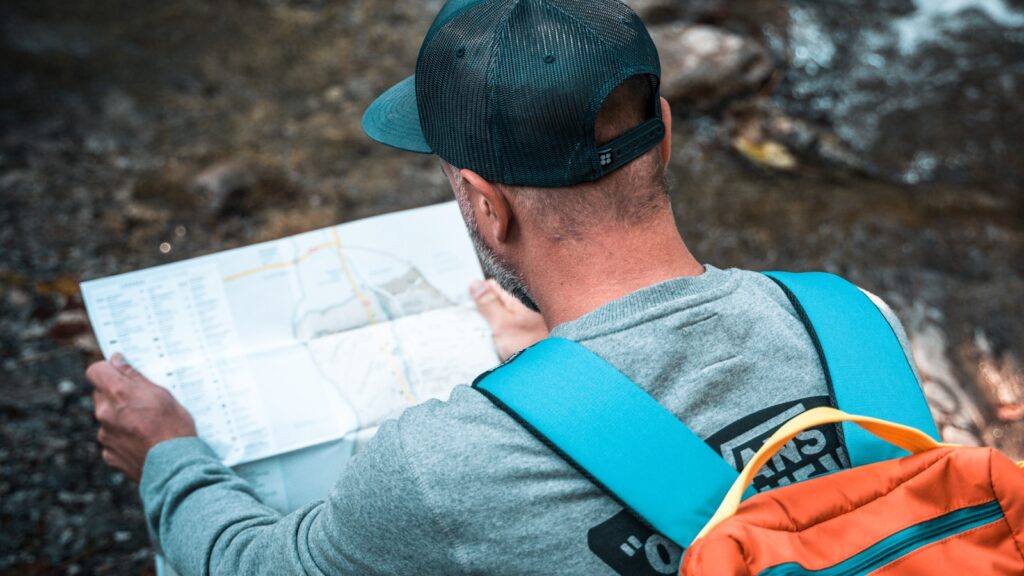
Ambitious itineraries that look reasonable on paper often prove overwhelming in practice, especially for those new to outdoor activities. Many beginners plan daily hiking distances based on their experience in urban environments or flat terrain, failing to account for elevation changes, trail conditions, weather impacts, and the additional challenge of carrying loaded packs. This overscheduling can transform what should be an enjoyable experience into an exhausting race against daylight, with little time to appreciate surroundings or recover properly between efforts. To create more realistic plans, experienced outdoor enthusiasts recommend that beginners calculate hiking time using a conservative pace of 1-1.5 miles per hour in mountainous terrain (including breaks), rather than the 2-3 miles per hour possible on flat, well-maintained surfaces. Add approximately 30 minutes of travel time for every 500 feet of elevation gain, and reduce your expected daily distance by 30-40% for your first few trips. Plan shorter days at the beginning of multi-day trips when packs are heaviest and your body is still adjusting to the demands of the activity. Remember that outdoor activities should provide time for appreciation and enjoyment, not just covering maximum distance.
10. Failing to Inform Others of Your Plans

One of the most dangerous oversights new outdoor enthusiasts make is neglecting to create and share a detailed trip plan with responsible individuals who aren’t accompanying them. This critical safety step is often overlooked due to the excitement of planning or a misplaced confidence that nothing will go wrong. Without this information, search and rescue operations can be significantly delayed or misdirected if you encounter an emergency situation. A comprehensive trip plan should include your intended route with alternatives, expected timeline including departure and return dates, vehicle description and parking location, gear and clothing description, and the names and contact information for everyone in your group. Share this information with at least two reliable contacts who know when to alert authorities if you don’t return as scheduled. Additionally, research the appropriate emergency contact methods and numbers for your specific destination, as 911 service may be unavailable or ranger stations might be the more appropriate first contact in certain wilderness areas.
11. Ignoring Leave No Trace Principles
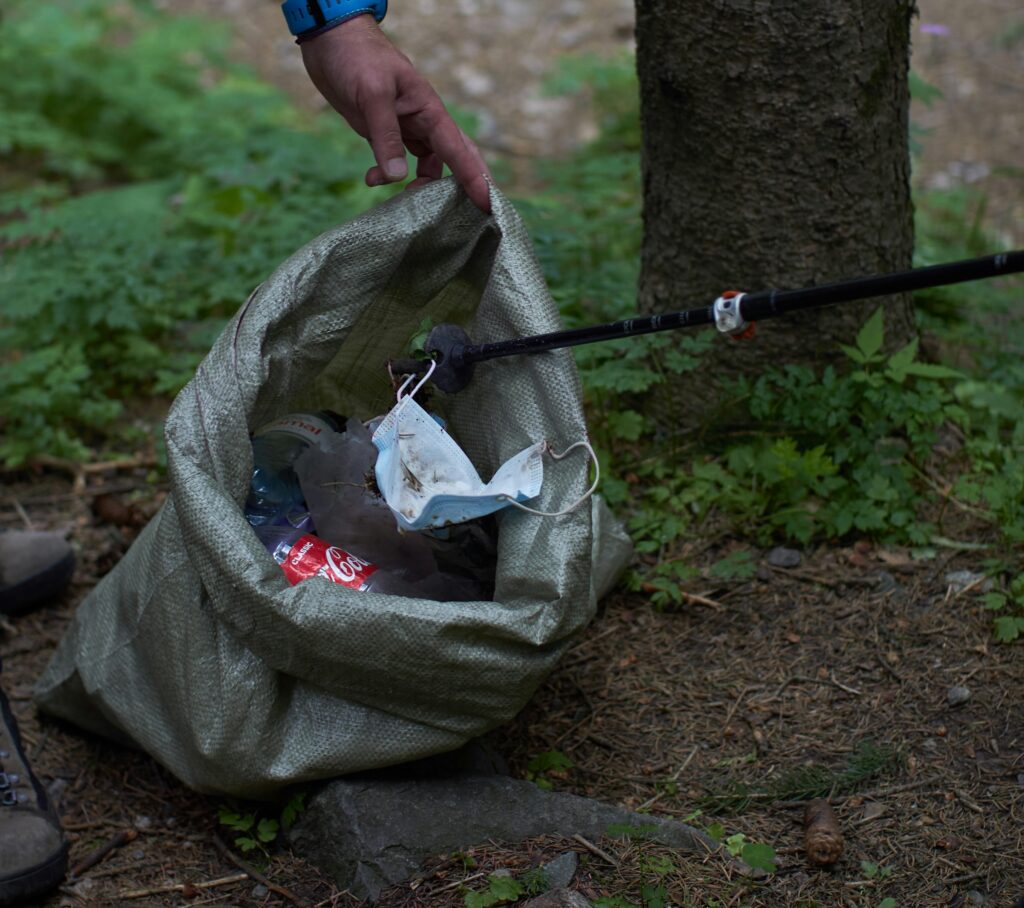
Environmental stewardship is an essential responsibility for all outdoor participants, yet many beginners are unaware of proper Leave No Trace practices or find themselves unprepared to implement them correctly. Common mistakes include improper human waste disposal, washing dishes directly in water sources, creating new campsites in pristine areas, or leaving behind seemingly “biodegradable” items like orange peels or apple cores that actually take months or years to decompose in many environments. These practices not only damage fragile ecosystems but can also negatively impact the experience of future visitors and wildlife health. To avoid these errors, familiarize yourself with the seven Leave No Trace principles before your trip and bring the necessary supplies to implement them properly, such as trowels for catholes, biodegradable soap for washing away from water sources, and proper food storage containers. Research any location-specific regulations or practices, as some popular areas have more stringent requirements due to high visitation or particularly sensitive ecosystems. Remember that part of the privilege of accessing natural areas comes with the responsibility to preserve them for future generations of both humans and wildlife.
12. Underestimating First Aid and Emergency Preparedness
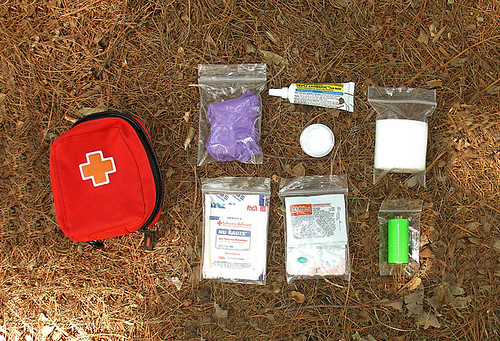
Many outdoor beginners carry inadequate first aid supplies or lack the knowledge to use them effectively in emergency situations, creating unnecessary risk in environments where professional medical help may be hours or days away. Some novices bring pre-packaged commercial first aid kits without understanding their contents or limitations, while others assemble personal kits without considering the specific risks associated with their planned activities and environment. Beyond supplies, many lack the basic first aid training that could prove essential in wilderness settings. To improve your emergency preparedness, customize your first aid kit based on your group size, trip duration, remoteness, and specific activities, going beyond the basic components found in standard commercial kits. Consider including emergency shelter materials, additional medications relevant to your personal needs, and specialized items for environmental hazards specific to your destination. Most importantly, pursue basic wilderness first aid training before embarking on remote adventures, as equipment without knowledge has limited value in actual emergencies. Remember that self-reliance is essential in outdoor settings, where emergency response times are typically measured in hours rather than minutes.
13. Disregarding Local Regulations and Permits

The excitement of planning an outdoor adventure sometimes leads beginners to overlook crucial regulatory requirements, potentially resulting in significant fines, being turned away from trailheads, or even unwittingly engaging in harmful practices. Many popular wilderness areas, national parks, and designated trails require advance permits, have strict quotas, or maintain specific regulations designed to protect both the natural environment and visitor experience. Different jurisdictions may have varying rules regarding campfires, camping locations, group sizes, or pet policies that aren’t immediately obvious without proper research. To avoid these complications, thoroughly investigate all permit requirements well in advance of your trip, as popular destinations can require reservations months ahead, especially during peak seasons. Contact ranger stations or visitor centers directly rather than relying solely on websites, which might not reflect recent regulation changes or temporary restrictions due to wildlife activity, trail conditions, or fire danger. Understanding and following these regulations isn’t just about avoiding penalties—it represents a commitment to responsible outdoor recreation and respect for the management systems designed to preserve these spaces for future enjoyment.
Conclusion
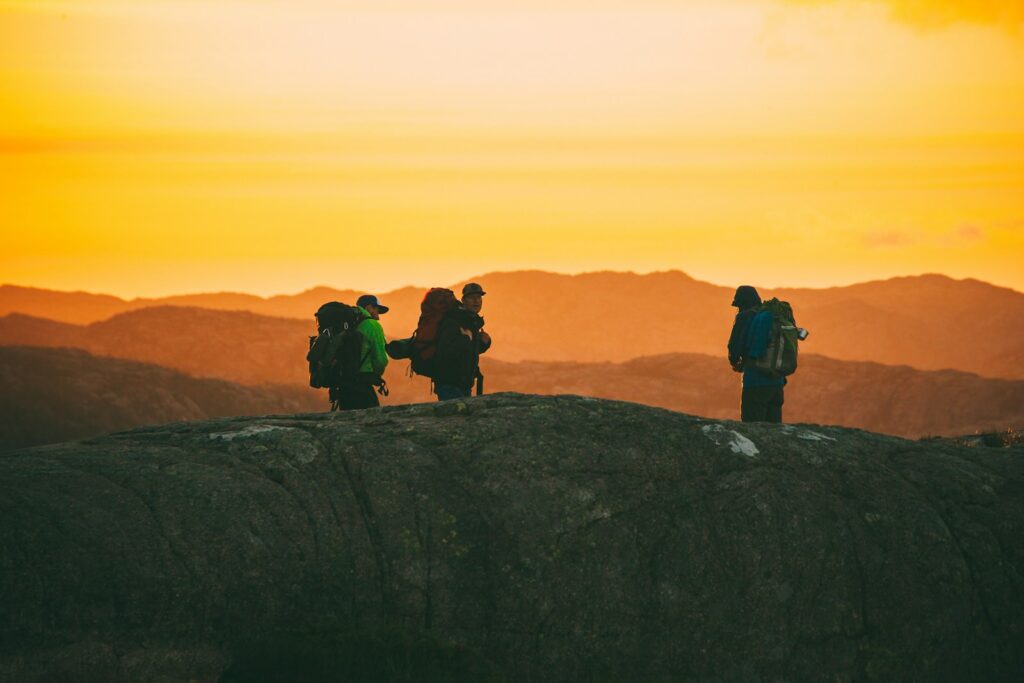
The journey from outdoor novice to experienced adventurer inevitably involves learning from mistakes, but being aware of these common planning pitfalls can help smooth your transition and enhance safety along the way. By addressing these thirteen common errors in your preparation process, you’ll not only increase your safety margin but also set the stage for more enjoyable outdoor experiences. Remember that even the most seasoned outdoor enthusiasts were beginners once, and developing outdoor competence is a gradual process built on knowledge, practice, and respect for natural environments. Start with modest objectives, build your skills methodically, and embrace the learning process as part of the adventure. With thoughtful planning and proper preparation, the natural world offers unparalleled opportunities for discovery, challenge, and connection that can enrich your life for years to come.

